Ryerson University
Digital Commons @ Ryerson
Theses and dissertations
1-1-2003
Speed sensorless control of 3-phase induction
motor using MRAS speed estimator
Chaozheng Ma
Ryerson University
Recommended Citation
Ma, Chaozheng, "Speed sensorless control of 3-phase induction motor using MRAS speed estimator" (2003). Theses and dissertations.
Paper 199.
http://digitalcommons.ryerson.ca/dissertations/199
This Thesis is brought to you for free and open access by Digital Commons @ Ryerson. It has been accepted for inclusion in Theses and dissertations
by an authorized administrator of Digital Commons @ Ryerson. For more information, please contact bcameron@ryerson.ca.
�
SPEED SENSORLESS CONTROL OF
3-PHASE INDUCTION MOTOR USING
MRAS SPEED ESTIMATOR
by
CHAOZHENG MA
A project
presented to Ryerson University
in partial fulfillment of the
requirement for the degree of
Master of Engineering
in the Program of
Electrical and Computer Engineering.
Toronto, Ontario, Canada, 2003
©Chaozheng Ma, 2003
Reproduced with permission of the copyright owner. Further reproduction prohibited without permission.
�
UMI Number: EC52891
INFORMATION TO USERS
The quality of this reproduction is dependent upon the quality of the copy
submitted. Broken or indistinct print, colored or poor quality illustrations and
photographs, print bleed-through, substandard margins, and improper
alignment can adversely affect reproduction.
In the unlikely event that the author did not send a complete manuscript
and there are missing pages, these will be noted. Also, if unauthorized
copyright material had to be removed, a note will indicate the deletion.
®
UMI
UMI Microform EC52891
Copyright 2008 by ProQuest LLC.
All rights reserved. This microform edition is protected against
unauthorized copying under Title 17, United States Code.
ProQuest LLC
789 E. Eisenhower Parkway
PO Box 1346
Ann Arbor, MI 48106-1346
Reproduced with permission of the copyright owner. Further reproduction prohibited without permission.
�
Instructions on Borrowers
Ryerson University requires the signatures of all persons using or photocopying this
project. Please sign below, and give address and date.
i
I i I
I i
I I I
'I I i
S
iii
Reproduced with permission of the copyright owner. Further reproduction prohibited without permission.
�
Abstract
This project investigates the application of model reference adaptive system (MRAS) for
the speed sensorless control of an induction motor. The rotor speed can be accurately
estimated by employing the closed-loop observer named reactive MRAS. Therefore, this
observer eliminates the need of a speed sensor for the control of the motor speed. The
method is robust to stator and rotor resistance variations due to change of temperature.
The dynamic system equations of the induction machine are formulated, and the motor
control system performance is studied. Both scalar voltage-to-frequency 011f) control and
vector field oriented control (FOC) schemes, implemented using digital signal processor
(DSP), are investigated. The design of the speed sensorless DSP-based controller is
completed. Software packages have been developed to implement the design. An
experimental system using the proposed controller has been built. Various tests have been
conducted to verify the technical feasibility of the control technique. The experimental
results confirm the feasibility of the proposed speed sensorless V If control scheme using
MRAS speed estimator. The designed V If profile has been tested. Even with step change
of the load or that of the command speed, the system can achieve the correct steady state
after a short transient operation. The experimental results also confirm the feasibility of
the proposed speed sensorless FOC control scheme using MRAS speed estimator. The
current regulators meet the design requirements. Both the flux-producing current
component and the torque-producing current component can be controlled separately. In
the implementation, digital signal processor (DSP) TMS320 FL2407 and voltage source
inverter (VSI) Skiip 342GD120-316CTV are employed. The modular strategy is adopted
to develop the software package.
iv
Reproduced with permission of the copyright owner. Further reproduction prohibited without permission.
�
,
I
Acknowledgments
I would like to express my sincere gratitude and appreciation to Professor Richard
Cheung, my supervisor, for his guidance throughout the entire period of this degree
program. I also sincerely thank Professor Bin Wu, Dr. S. Wei, Dr. D. Xu and my
classmates for their valuable suggestions and help. I thank Ryerson University for the
Scholarship.
My special appreciation is extended to Ms Shuping Yang, my wife, for her support.
v
Reproduced with permission of the copyright owner. Further reproduction prohibited without permission.
�
Contents
1 Inctroduction
1
1.1 Conventional Speed Control Schemes for Induction Motors .............................. 2
1.2 Improved Speed Sensorless Control Schemes for Induction Motors ..................... .3
1.3 Project Objectives ............................................................................... 5
1.4 Project Outlines ............................................ ; ...................................... 6
2 MRAS-Model Reference Adaptive System
7
2.1 3-phase to 2-phase Transformation ......................................................... 7
2.1.1 Clarke Transforation of (a,b,c) to (0.,(3) ............................................... 8
2.1.2 Park Transformation of (0.,(3) to (d,q) ................................................ 9
2.2 Dynamic Model ofinduction Machine ............................................ '" ...... 10
2.3 MRAS Speed Estimator ..................................................................... 12
2.3.1 Reference ModeL ..................................................................... .12
2.3.2 Adaptive Model. ........................................................................ 13
2.4 Per Unit, Discrete time representation ................................................... 14
2.5 Implementation ofMRAS .................................................................... 16
3 Vlf Control of Induction Machine Using MRAS
17
3.1 Background for V/fControl ofinduction Machine ..................................... 17
3.2 V If Control ............................................. . .................................... .19
3.3 Implementation ofV/fControl.. ............................................................. 21
3.3.1 The Hardware Organization .......................................................... 21
3.3.2 The Softtware Organization .......................................................... 24
3.3.3 Debugging of the Software ........................................................... 27
3.3.4 Other Considerations ............................................................ ~ ..... 30
3.3.4.1 Numerical Considerrations ..................................................... 30
3.3.4.2 The V If Profile Design .......................................................... 31
3.3.4.3 Slip Speed PID Controller Design ............................................... 32
3.3.4.4 Load Design ...................................................................... 33
4 Field Oriented Control Using MRAS
35
4.1 Space Vector Pulse Width Modulation ................................................... 35
4.2 Backgroud ofFOC Control ofinduction Motor ......................................... 38
4.3 The Basic Scheme for the FOC ............................................................ 39
4.4 Proposed Speed Sensorless FOC Control Scheme Using MRAS ................... .40
4.5 Software Implementation of the Proposed FOC Scheme .............................. .43
5 Experimental Results
4S
5.1 Speed Identification Using the Proposed MRAS Estimator ............................ .45
5.2 Open Loop Speed V/fControl ............................................................. .47
5.3 Closed Loop speed V/fControl.. .......................................................... .48
vi
Reproduced with permission of the copyright owner. Further reproduction prohibited without permission.
�
1 ~
I i Ii:
~ I
I
5.4 Open Loop Speed FOC Control ............................................................ 52
5.5 Summary ........................................................................................ 54
6 Conclusions
56
6.1 Main Work in This Project. .................................................................. 56
6.2 Suggestions for Furthue Work ............................................................... 58
Bibliography
Appendix A
The Parameters of the Induction Machine
AppendixB
Software Package for Vlf Control
I
I
AppendixC
Software Package for FOe Control
60
62
63
106
vii
Reproduced with permission of the copyright owner. Further reproduction prohibited without permission.
�
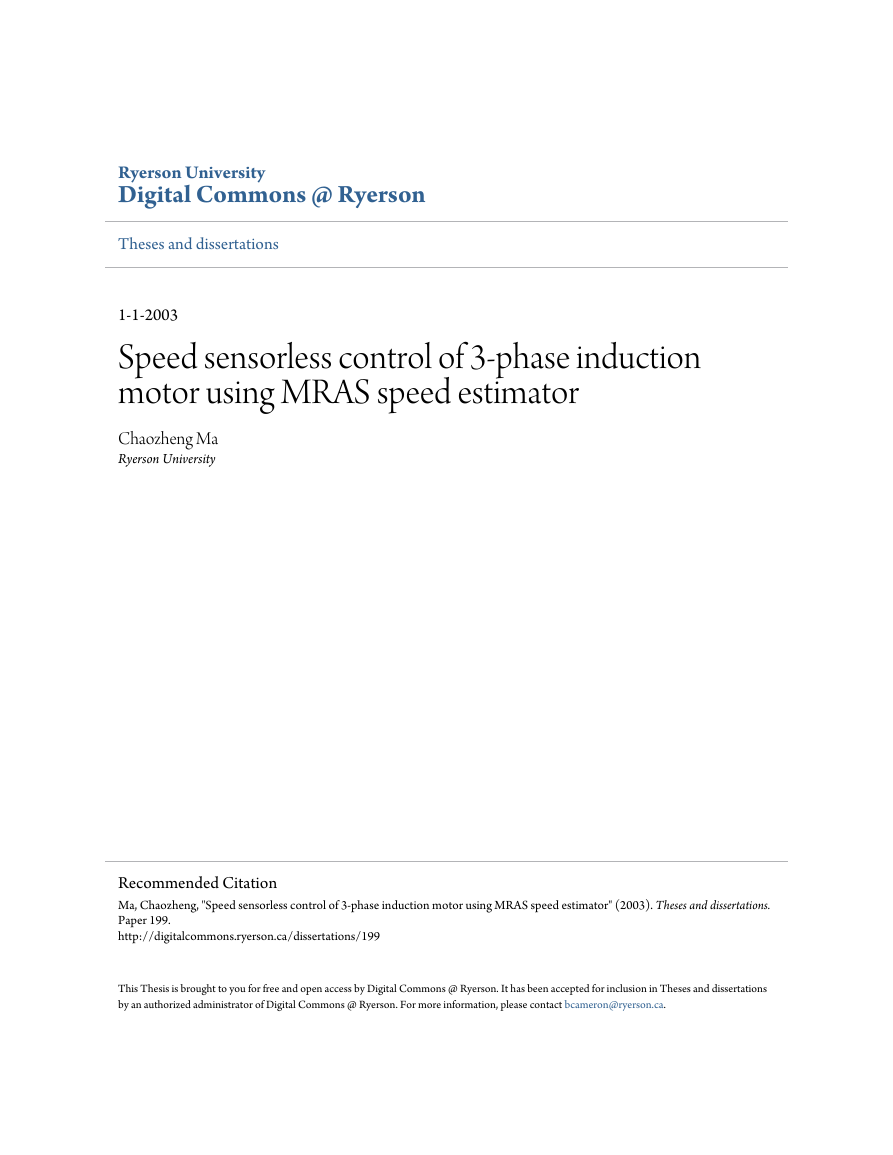
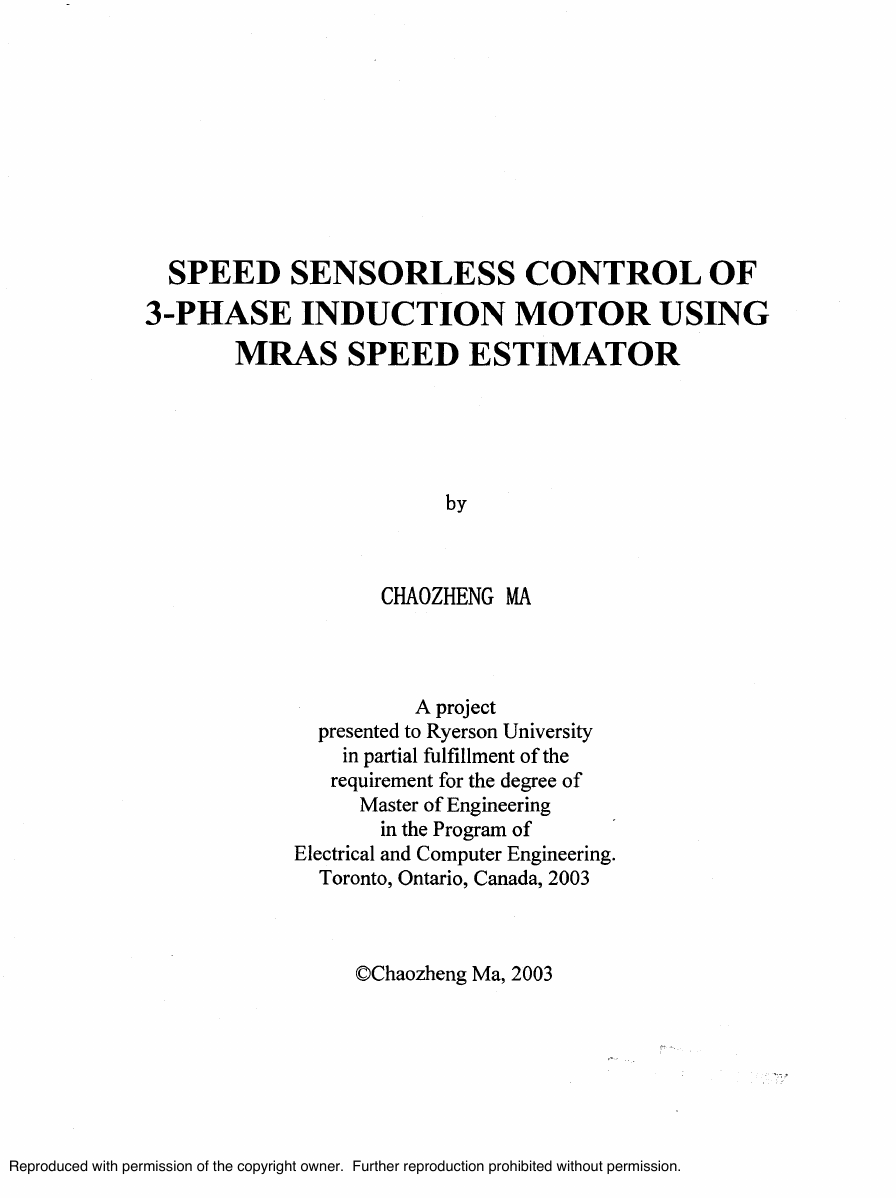
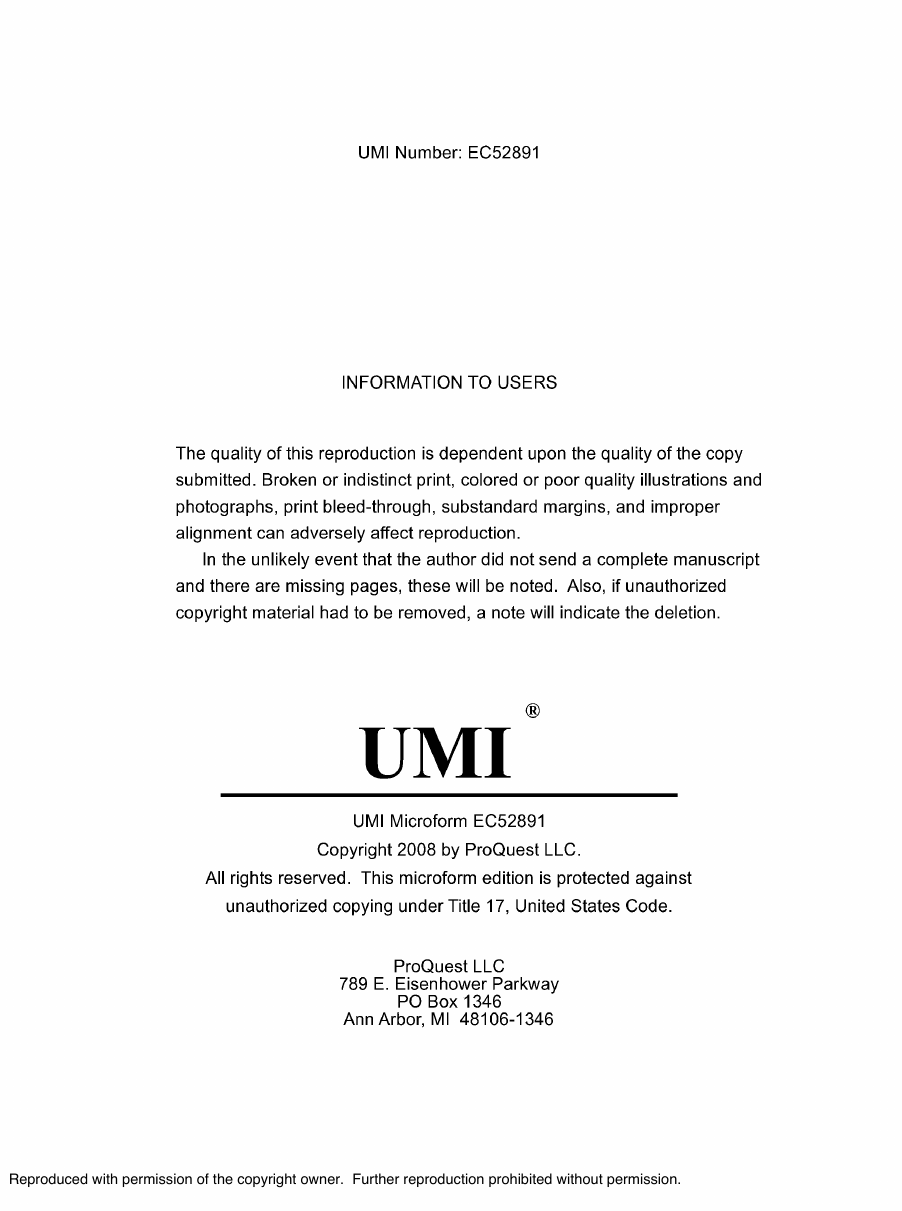
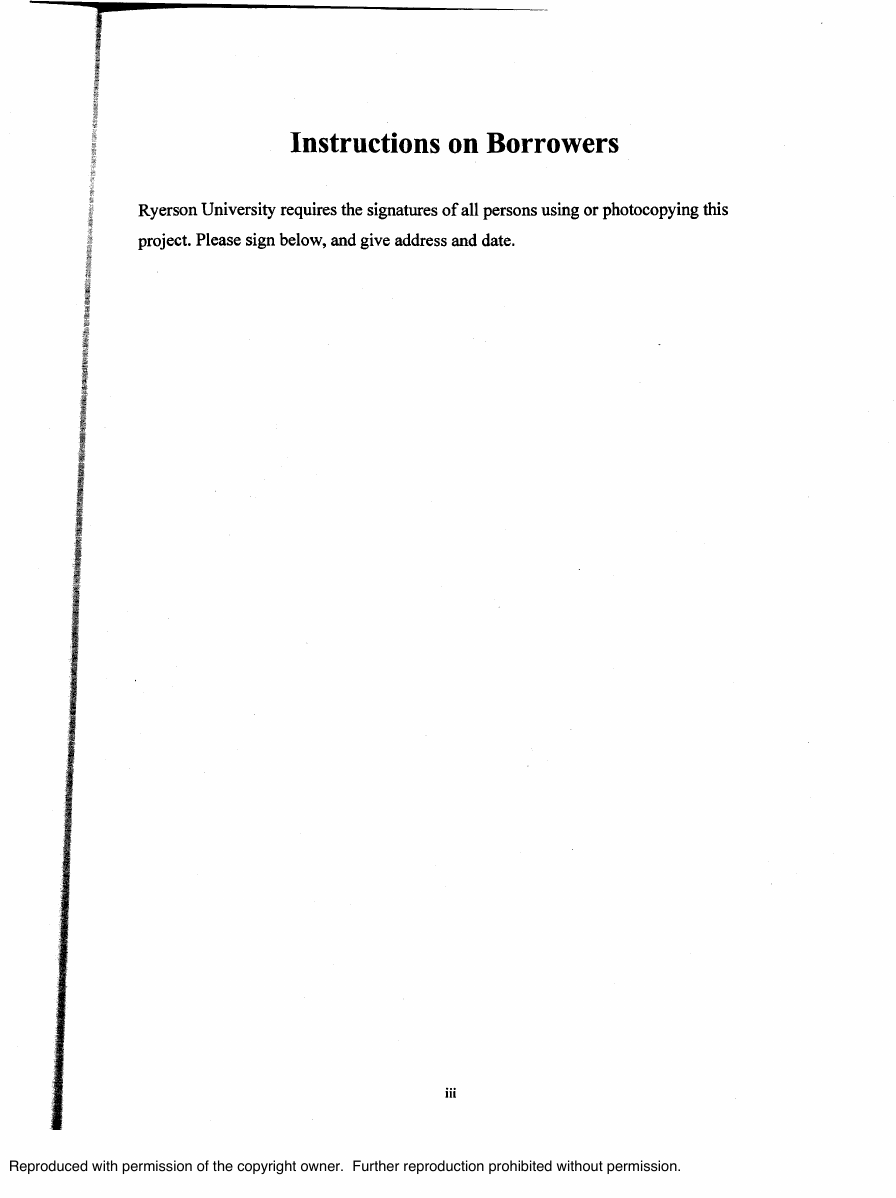
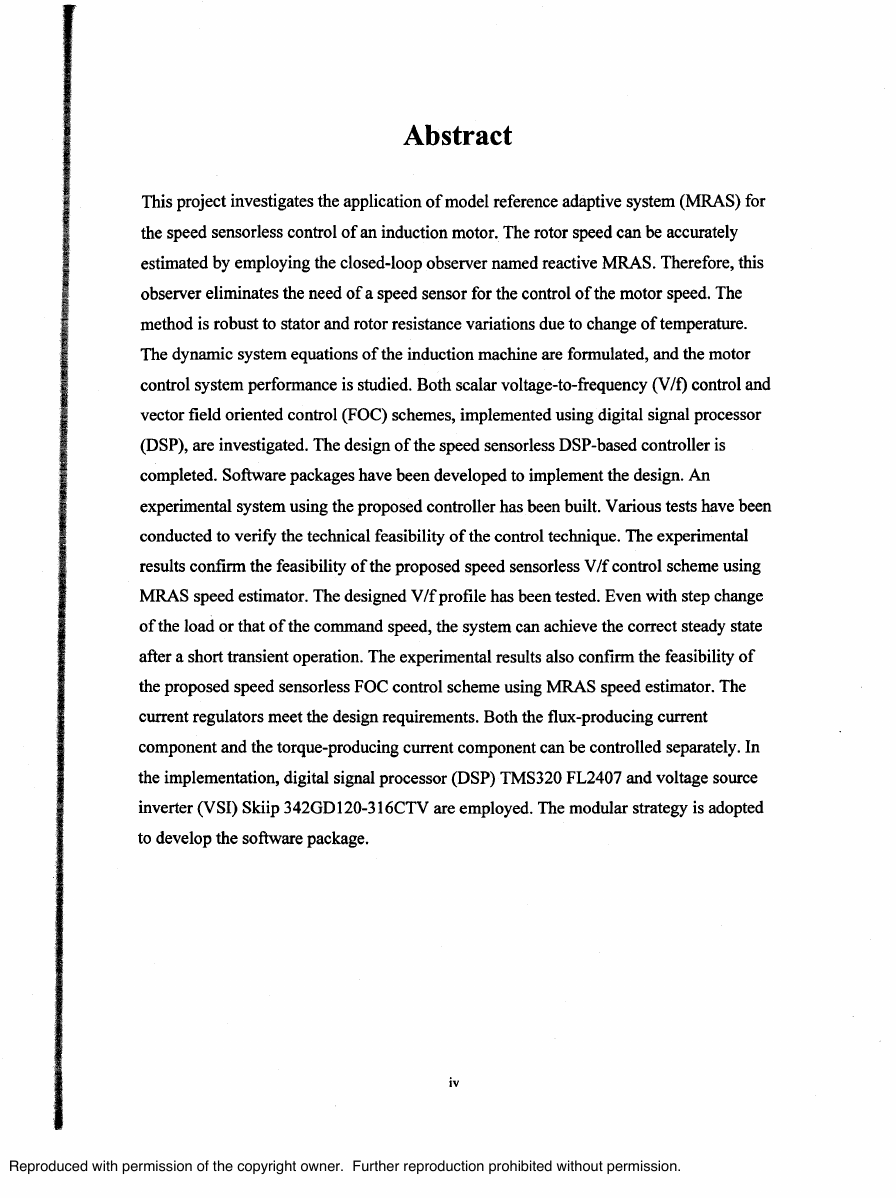
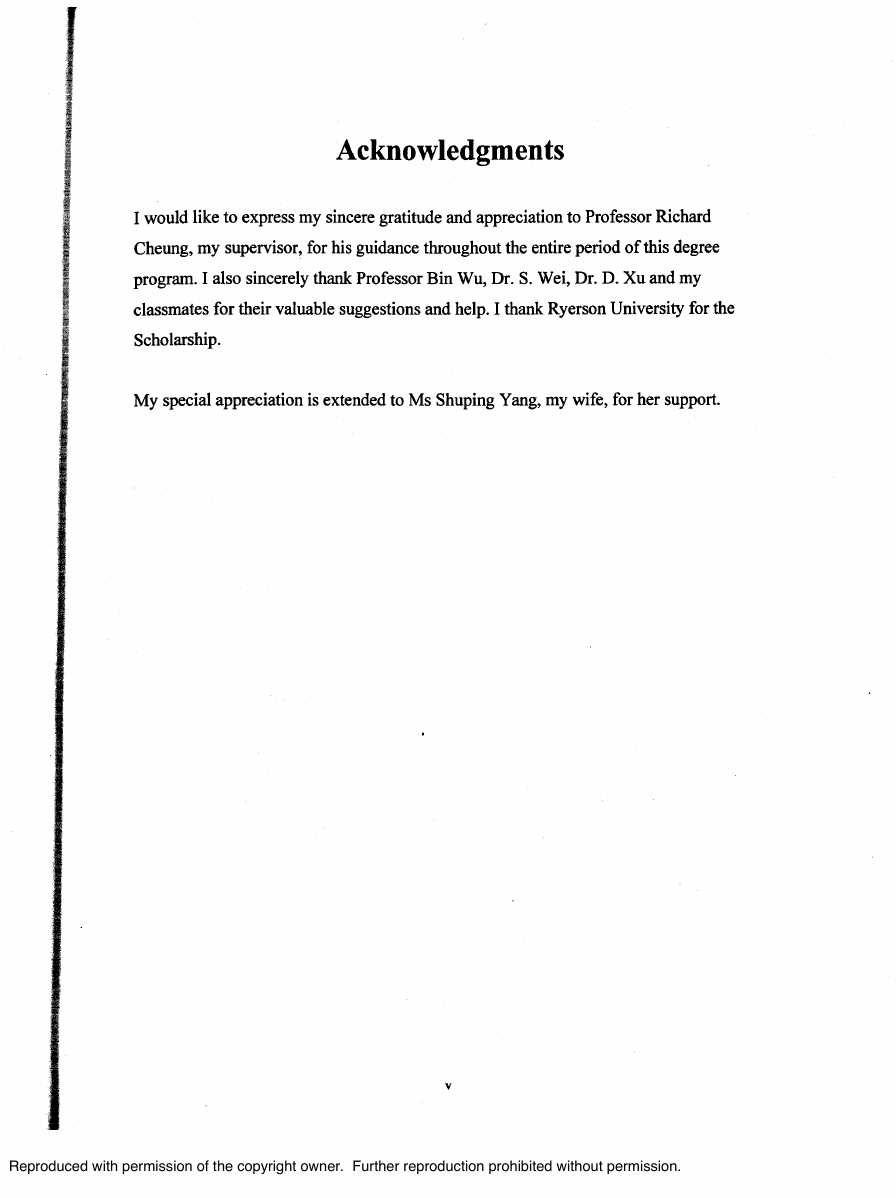
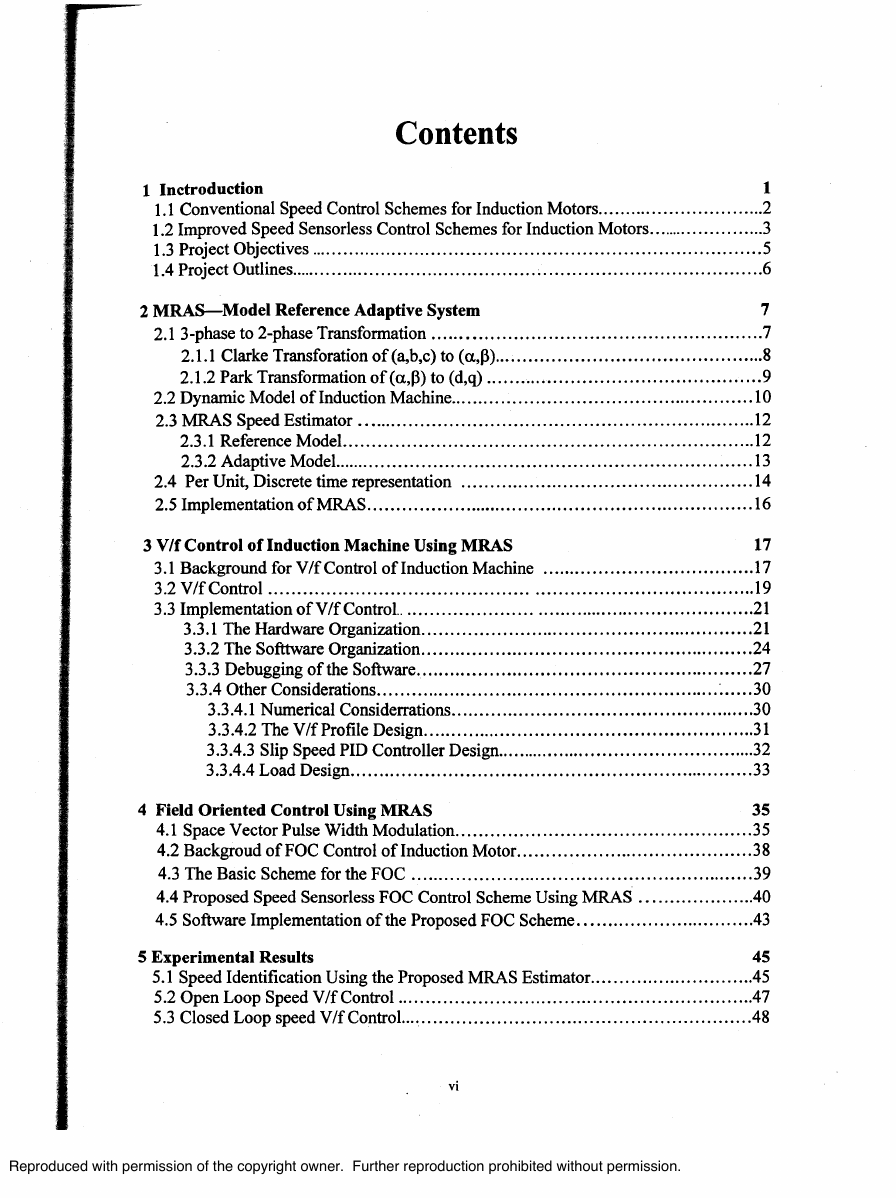
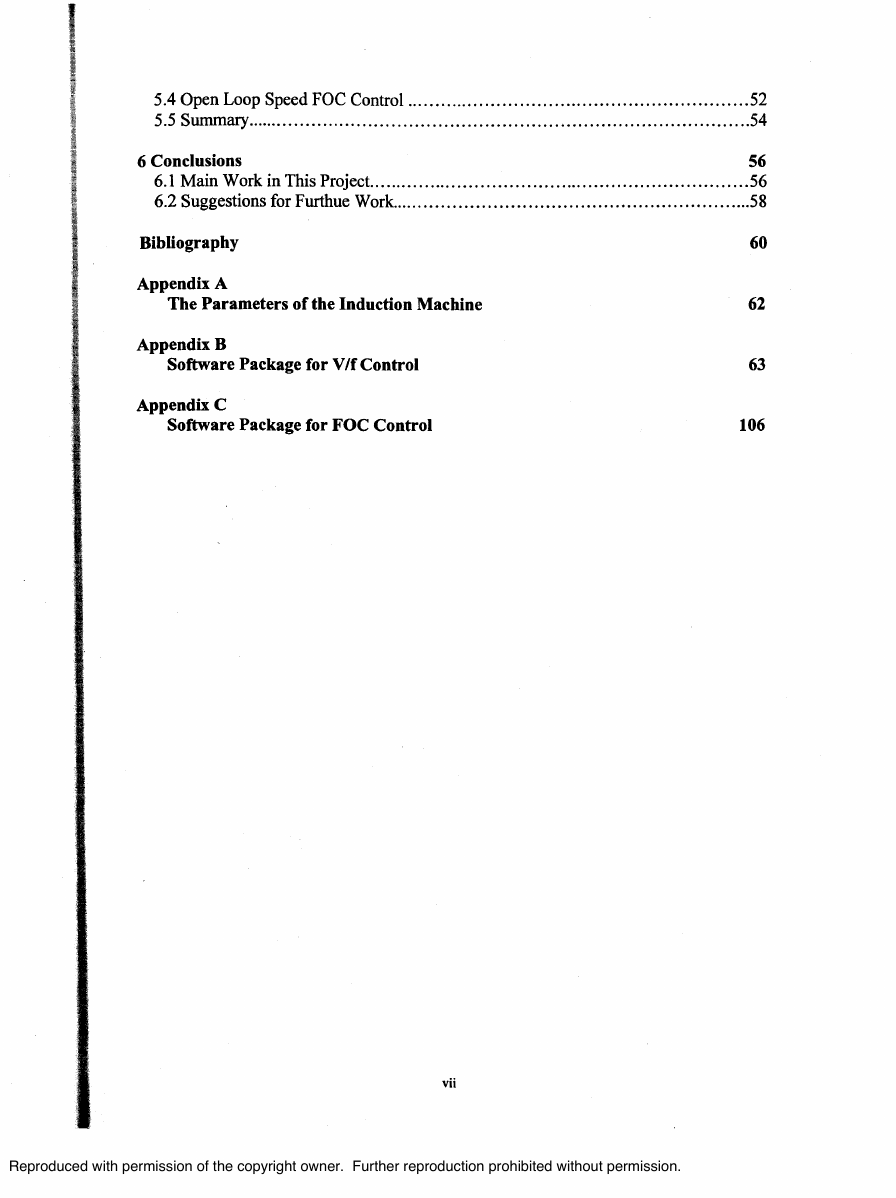








 2023年江西萍乡中考道德与法治真题及答案.doc
2023年江西萍乡中考道德与法治真题及答案.doc 2012年重庆南川中考生物真题及答案.doc
2012年重庆南川中考生物真题及答案.doc 2013年江西师范大学地理学综合及文艺理论基础考研真题.doc
2013年江西师范大学地理学综合及文艺理论基础考研真题.doc 2020年四川甘孜小升初语文真题及答案I卷.doc
2020年四川甘孜小升初语文真题及答案I卷.doc 2020年注册岩土工程师专业基础考试真题及答案.doc
2020年注册岩土工程师专业基础考试真题及答案.doc 2023-2024学年福建省厦门市九年级上学期数学月考试题及答案.doc
2023-2024学年福建省厦门市九年级上学期数学月考试题及答案.doc 2021-2022学年辽宁省沈阳市大东区九年级上学期语文期末试题及答案.doc
2021-2022学年辽宁省沈阳市大东区九年级上学期语文期末试题及答案.doc 2022-2023学年北京东城区初三第一学期物理期末试卷及答案.doc
2022-2023学年北京东城区初三第一学期物理期末试卷及答案.doc 2018上半年江西教师资格初中地理学科知识与教学能力真题及答案.doc
2018上半年江西教师资格初中地理学科知识与教学能力真题及答案.doc 2012年河北国家公务员申论考试真题及答案-省级.doc
2012年河北国家公务员申论考试真题及答案-省级.doc 2020-2021学年江苏省扬州市江都区邵樊片九年级上学期数学第一次质量检测试题及答案.doc
2020-2021学年江苏省扬州市江都区邵樊片九年级上学期数学第一次质量检测试题及答案.doc 2022下半年黑龙江教师资格证中学综合素质真题及答案.doc
2022下半年黑龙江教师资格证中学综合素质真题及答案.doc